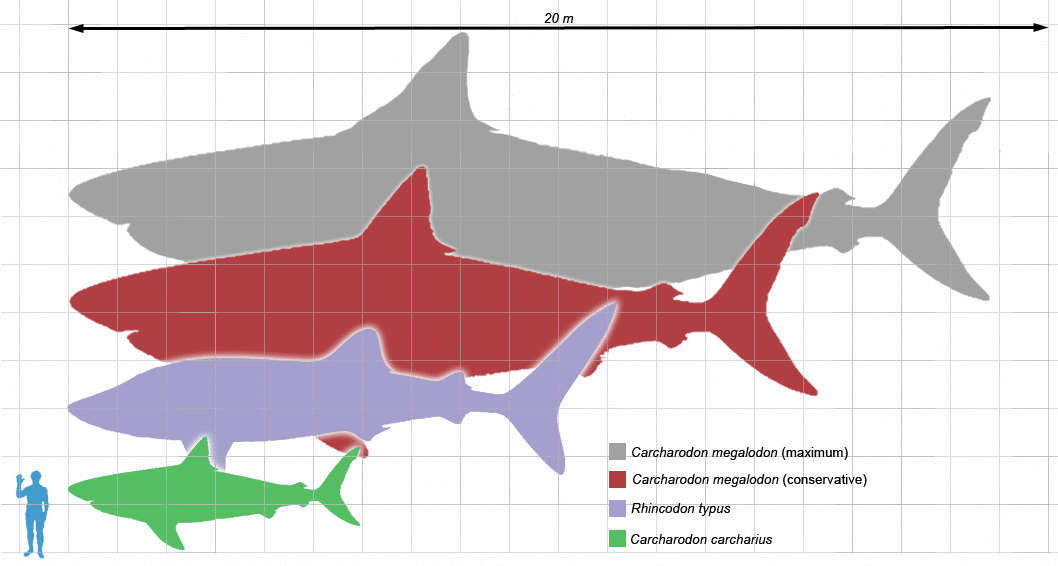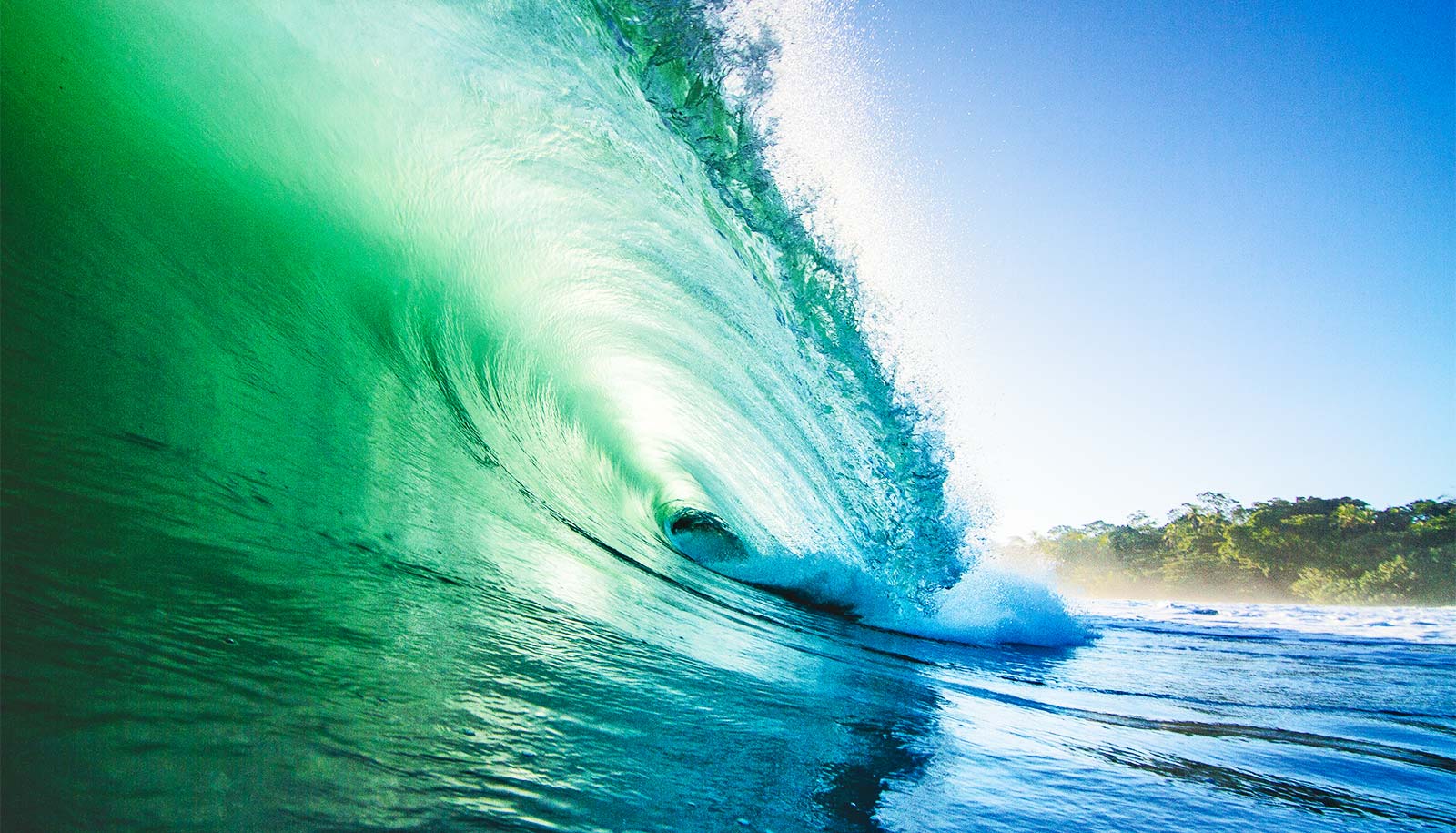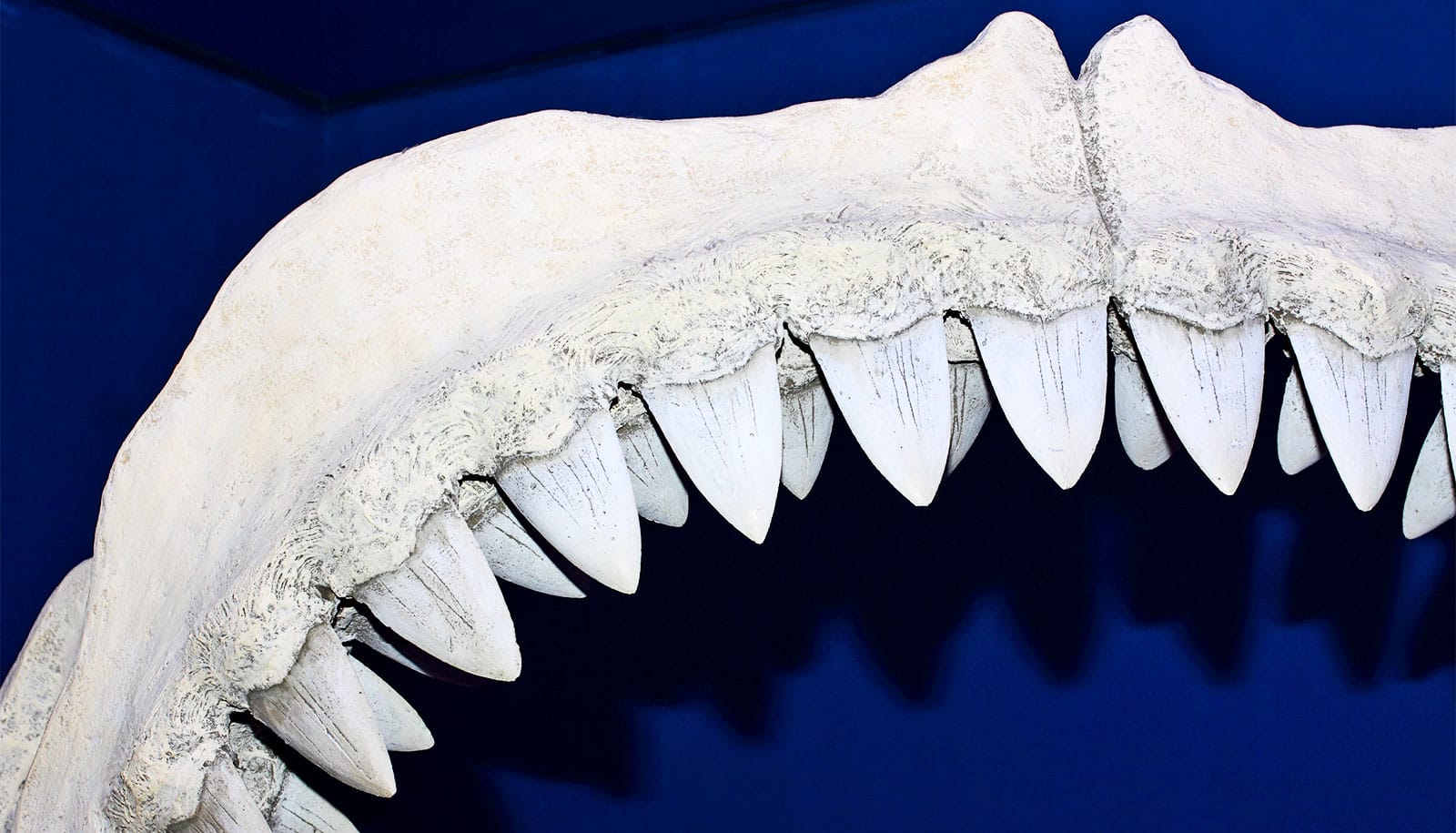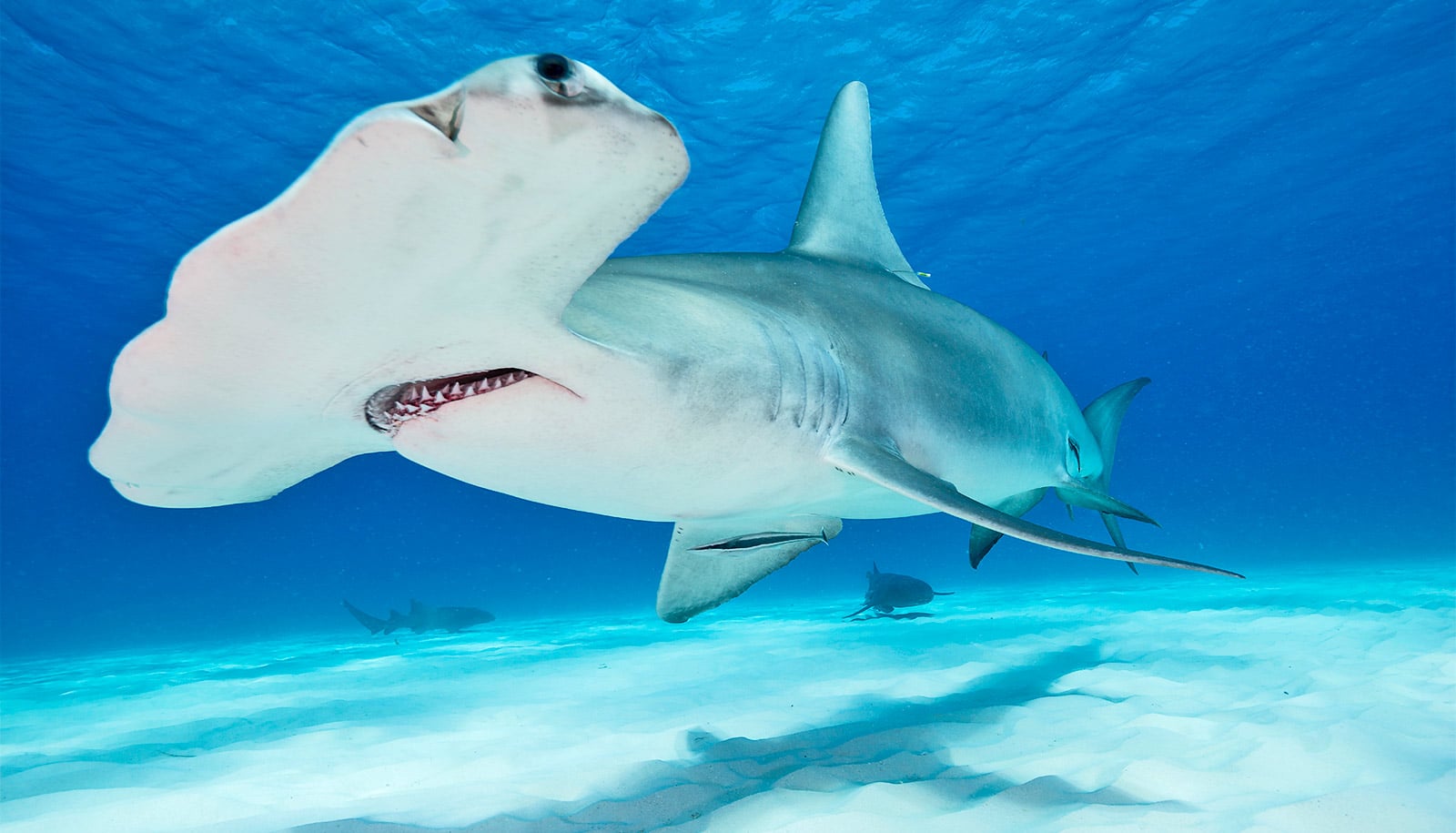Scientists are officially debunking the myth that megalodon sharks still exist. The whale-eating monsters became extinct about 2.6 million years ago.
“I was drawn to the study of Carcharocles megalodon’s extinction because it is fundamental to know when species became extinct to then begin to understand the causes and consequences of such an event,” says Catalina Pimiento, a doctoral candidate at the Florida Museum of Natural History at University of Florida.
“I also think people who are interested in this animal deserve to know what the scientific evidence shows, especially following Discovery Channel specials that implied megalodon may still be alive.”
Published in PLOS ONE, the study represents the first phase of Pimiento’s ongoing reconstruction of megalodon’s extinction. As modern top predators, especially large sharks, are significantly declining worldwide due to the current biodiversity crisis, the study serves as the basis to better understand the consequences of these changes.
“When you remove large sharks, then small sharks are very abundant and they consume more of the invertebrates that we humans eat,” Pimiento says. “Recent estimations show that large-bodied, shallow-water species of sharks are at greatest risk among marine animals, and the overall risk of shark extinction is substantially higher than for most other vertebrates.”

Megalodon mania
Pimiento plans to further investigate possible correlations between changes in megalodon’s distribution and the evolutionary trends of marine mammals, such as whales and other sharks.
“When we calculated the time of megalodon’s extinction, we noticed that the modern function and gigantic sizes of filter feeder whales became established around that time,” she says. “Future research will investigate if megalodon’s extinction played a part in the evolution of these new classes of whales.”
The slowly unraveling details of megalodon’s extinction and various aspects of its natural history have consumed Pimiento’s research for the past six years, including ongoing analysis of megalodon’s body size and a 2010 PLOS ONE study that suggested that Panama served as a nursery habitat for the species.
For the new study, researchers used databases and scientific literature of the most recent megalodon records and calculated the extinction using a novel mathematical model proven reliable in recent experimental testing by study coauthor Christopher F. Clements with the Institute of Evolutionary Biology and Environmental Studies at the University of Zurich.
The study will not only serve as a key reference for debunking the myth that megalodon still exists, but also its new methods will influence the future of scientific research of extinct animals and plants, says Jorge Velez-Juarbe, a vertebrate paleontologist with the Natural History Museum of Los Angeles County.
How shark poo keeps coral reefs healthy
“The methodology that the authors used had only been previously employed to determine extinction dates in historical times, such as to estimate the extinction date of the dodo bird,” he says.
“In this work, scientists applied that same methodology to determine the extinction of an organism millions of years ago, instead of hundreds. It’s a new tool that paleo-biologists didn’t have, or rather had not thought of using before.”
Source: University of Florida (Originally published October 23, 2014)


